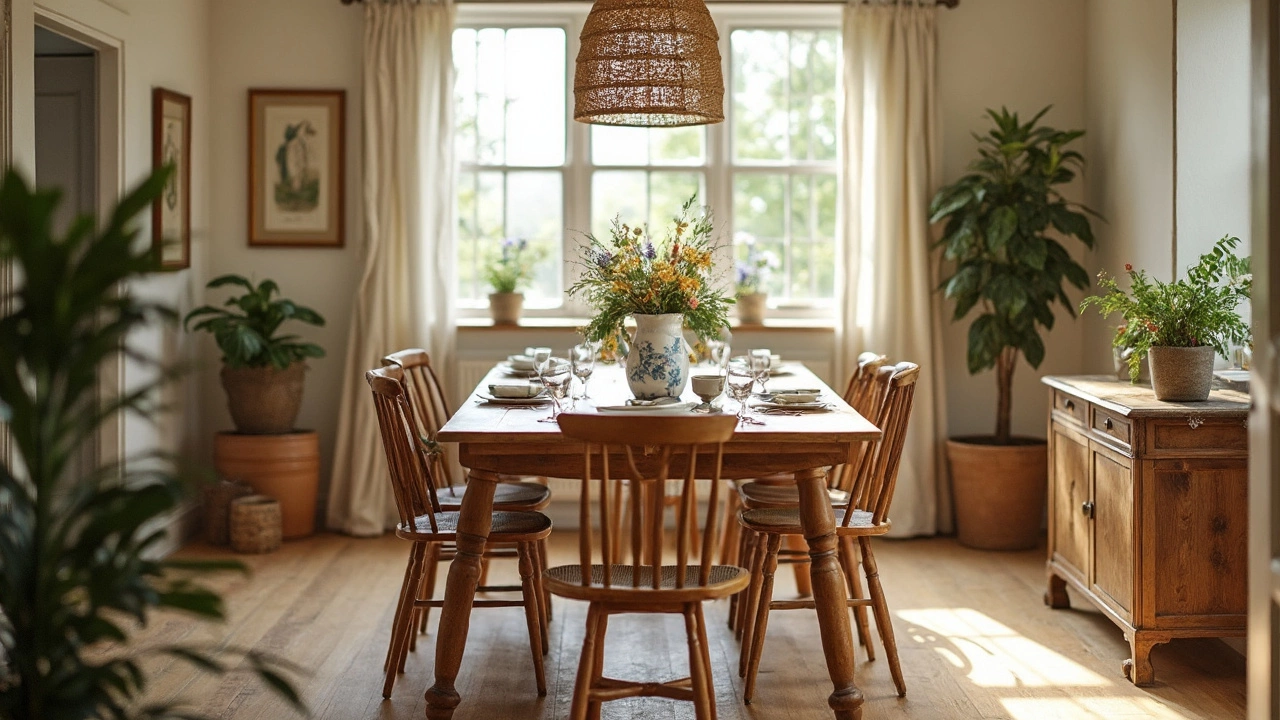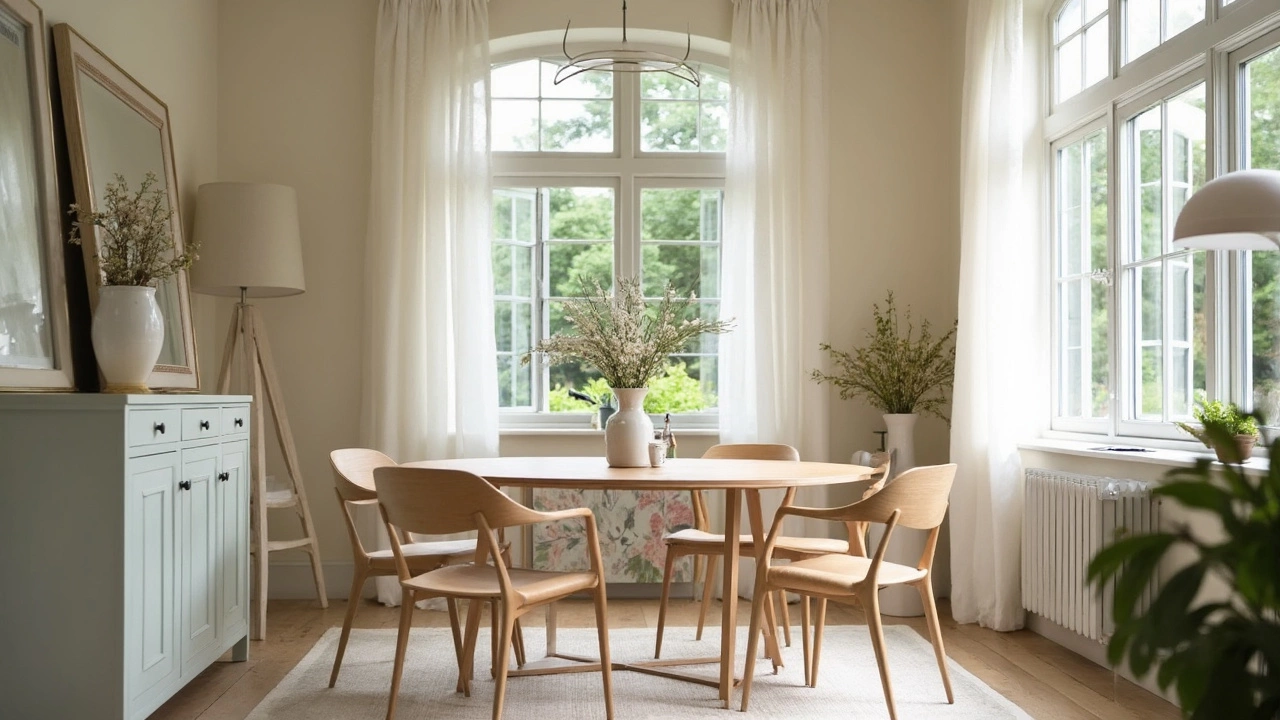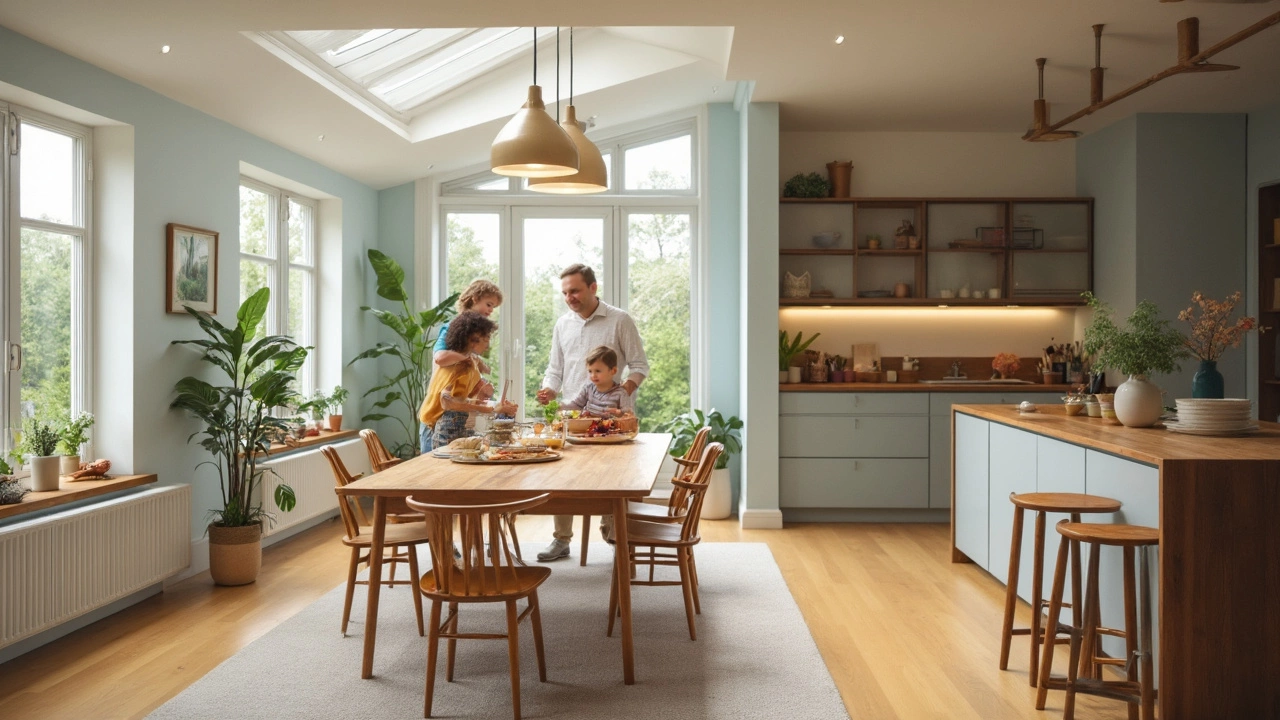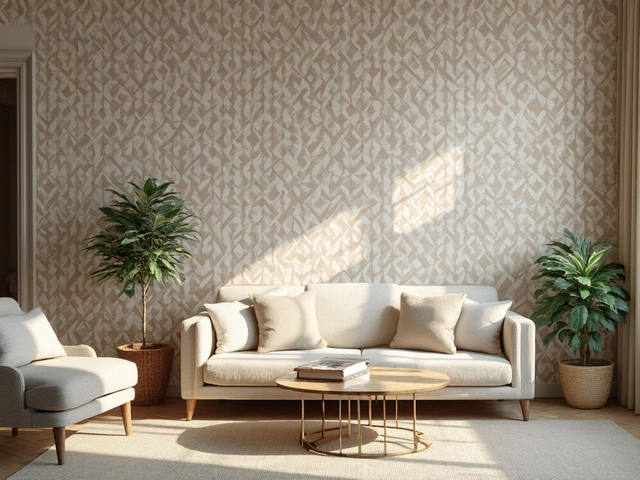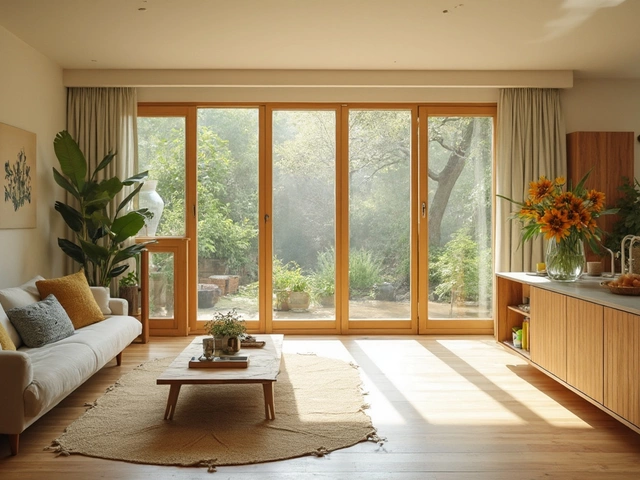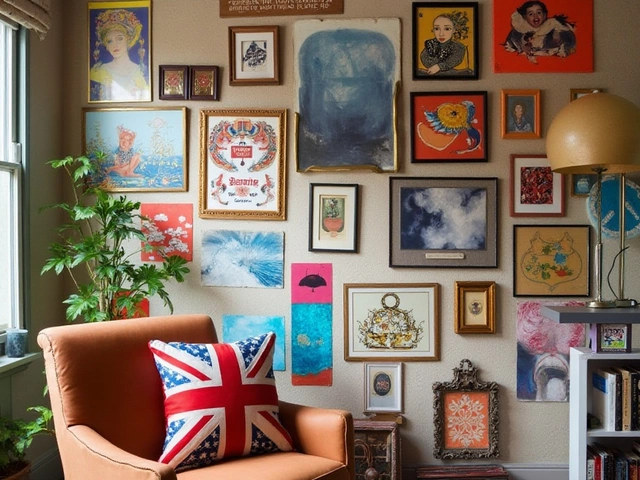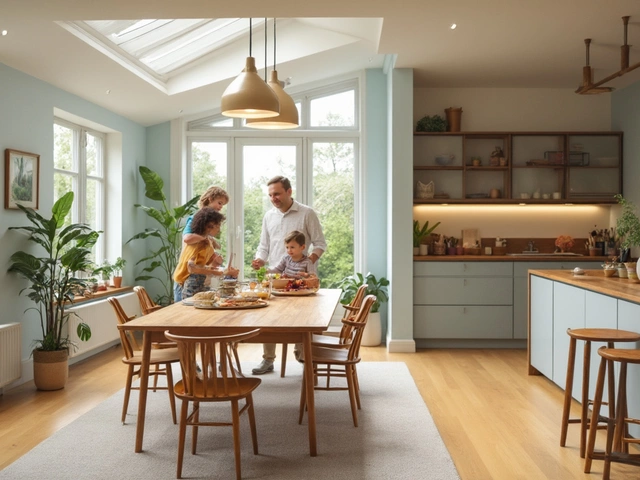Easy Dining Room Ideas to Refresh Your Space
Looking to give your dining room a fresh feel without a full remodel? You don’t need to spend a fortune or hire a designer. Simple swaps, good lighting, and a smart mix of furniture can make the room feel brand new. Below you’ll find quick, practical tips you can start using today.
Mix Light and Dark Furniture for Balance
One of the most effective ways to add visual interest is to combine light and dark pieces. Start with a neutral table – a light oak or white finish works well – and pair it with darker chairs or a bench. The contrast creates depth without feeling chaotic. If you’re unsure about the exact shades, use a three‑to‑one rule: let the lighter color dominate, add a darker accent, and sprinkle in a medium tone for harmony.
Don’t forget to keep the overall style consistent. A modern black metal chair next to a light wooden table still looks intentional when both have clean lines. The key is to avoid mixing ornate Victorian chairs with sleek Scandinavian tables; that usually ends up looking mismatched.
Lighting that Sets the Mood
Lighting can turn a bland dining area into a cozy gathering spot. A pendant lamp centered over the table is the classic move. Choose a fixture that matches the height of your table – about 30‑36 inches above the surface works for most setups. If you love a softer feel, add a dimmer switch so you can adjust the brightness for dinner parties or everyday meals.
Wall sconces are another budget‑friendly option. They add side lighting, reduce shadows, and make the room feel larger. Pair a sconce on each side of a large window, and you’ll have balanced illumination without a big ceiling fixture.
Now that you have the basics, let’s look at a few quick styling tricks that can be done in under an hour.
First, update your table runner. A bright runner adds color and protects the surface. Choose a pattern that pulls from the wall color or a piece of artwork in the room. Second, add a centerpiece that reflects your personality – a simple vase of fresh herbs, a bowl of seasonal fruit, or a stack of interesting books.
Third, consider a rug. A rug anchored under the table defines the space and adds warmth. Make sure at least the legs of the chairs sit on the rug; this keeps the layout balanced.
If you have extra wall space, hang a piece of art or a set of floating shelves. Shelves can hold decorative plates, small plants, or a collection of candles. This adds layers without cluttering the floor.
Finally, think about storage. A slim sideboard or console can hold extra chairs, linens, or wine glasses. Choose a piece that matches the wood tone of your table to keep the look cohesive.
These tips draw from our popular article “Mixing Light and Dark Dining Room Furniture,” which shows real‑world examples and designer advice. You can apply the same ideas to any style – whether you prefer a minimalist vibe or a more traditional feel.
Ready to start? Grab a tape measure, pull out a notebook, and jot down the colors and pieces you already have. Then pick one or two changes from the list above and see how the room transforms. Small steps add up, and before you know it, your dining room will feel like a fresh, inviting space perfect for family meals and friendly gatherings.

